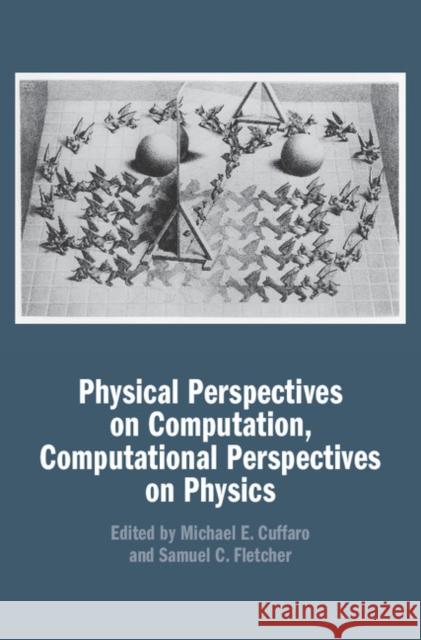Physical Perspectives on Computation, Computational Perspectives on Physics » książka
topmenu
Physical Perspectives on Computation, Computational Perspectives on Physics
ISBN-13: 9781107171190 / Angielski / Twarda / 2018 / 324 str.
Physical Perspectives on Computation, Computational Perspectives on Physics
ISBN-13: 9781107171190 / Angielski / Twarda / 2018 / 324 str.
cena 440,67
(netto: 419,69 VAT: 5%)
Najniższa cena z 30 dni: 306,96
(netto: 419,69 VAT: 5%)
Najniższa cena z 30 dni: 306,96
Termin realizacji zamówienia:
ok. 22 dni roboczych.
ok. 22 dni roboczych.
Darmowa dostawa!
Offers an accessible yet cutting-edge tour of the many conceptual interconnections between physics and computer science.











